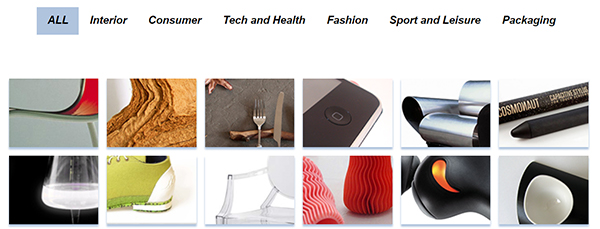
How to approach teaching multidisciplinary projects using classroom examples
Modern engineering solutions require multidisciplinary design. Take the automotive industry, for example. Initially, the design cycle was focused on mechanical engineering. Today, the industry has evolved and promotes multidisciplinary design optimization cycles that include:
- Materials Science
- Electrical Engineering
- Fluid dynamics
- Artificial Intelligence
- Electronic Design

The automotive industry has shifted its initial focus from mechanical engineering to optimizing multidisciplinary projects.
So how can we prepare future engineers to adopt this new design approach when the focus of their degree is concentrated on a specific discipline?
An undergraduate project can serve as an opportunity for students to explore this panoramic approach. However, these projects tend to be done too late in the curriculum to do justice to the importance of the topic.
In response, many engineering programs are beginning to adopt the teaching of multidisciplinary projects at an introductory level, using product design examples.
The product examples can range in complexity from a cup of tea to a hip replacement. But regardless of complexity, they can be used to show the interactions between different engineering disciplines. By connecting engineering design fundamentals with products familiar to the student, teachers can build stronger links and better understanding.
However, obtaining product examples can be challenging. It requires access to many details that are not commonly known, such as:
- Scale of production
- Material properties
- Manufacturing processes
With Ansys GRANTA EduPack 2020, teachers can now gather this data and include examples of multidisciplinary project optimization in their curricula.
Teach multidisciplinary project optimization using product examples
Ansys GRANTA EduPack provides an engaging, visual and interactive user interface that allows teachers and students to progress through large databases of material and process attributes through exploration, search and selection. The new version has also introduced two databases that focus on product and medical device design.

List of different GRANTA EduPack databases. The two new databases focus on medical projects and devices.
A wide variety of products are part of the project database – from interior furnishings to sporting goods and leisure devices. Each data sheet includes information about the product:
- Manufacturer
- Style
- Materials
- Production
The addition of design attributes allows students to explore the human aspect of optimizing multidisciplinary projects. As a result, it teaches them to develop better products by embracing communication with other people in the development process – such as designers and artists.

The project database homepage is very visual, encouraging students to explore products based on their personal interests.
The addition of design attributes allows students to explore the human aspect of optimizing multidisciplinary projects. As a result, it teaches them to develop better products by embracing communication with other people in the development process – such as designers and artists.
The medical device database, focused on health care, offers faculty a collection of 50 medical devices from the cardiovascular, orthopedic, and dental systems that students are already familiar with. Each record is linked to actual FDA-approved examples, which can act as excellent starting points for discussions in biomedical and other engineering courses.
Like the other GRANTA EduPack databases, the medical device and project databases include data from the Materials and Process Universe. Thus, users can expect the same level of detail and quality.
